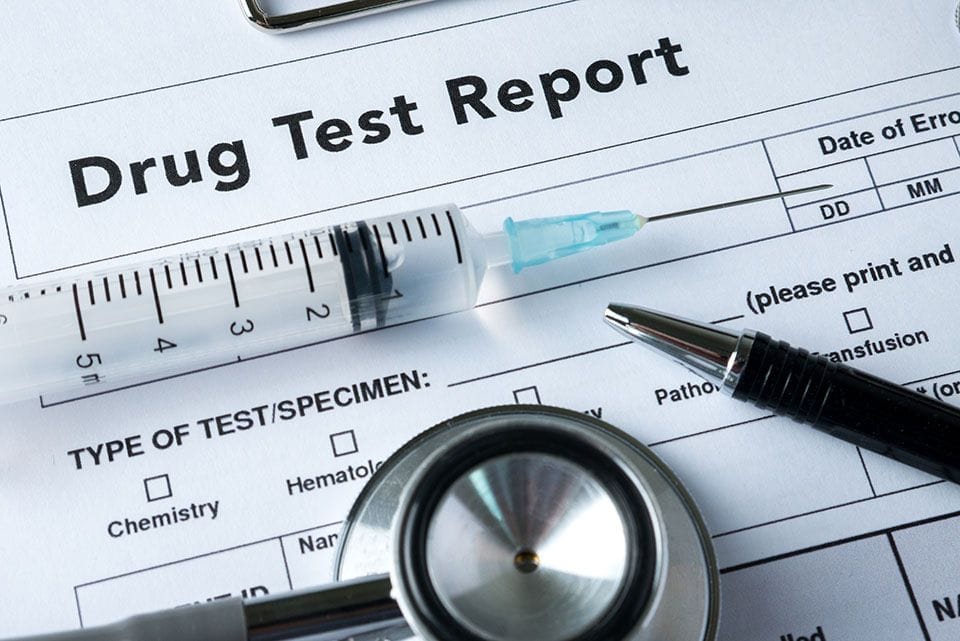While more states passing drug-testing laws might appeal to the baser emotional impulses of the masses, this does not address the fact that underlying psychiatric issues in underserved populations often lead to self-medication and it continues to frame addiction as a moral failing rather than a disease. Have we decided to let children fend for themselves as we continue to ignore our country’s fundamental shift toward greater poverty with fewer mental health services? In 1996 the U.S. Welfare Reform Law, also known as The 1996 Personal Responsibility and Work Opportunity Reconciliation Act (PRWOR) (PL 104-193), was signed by President Bill Clinton. This law mandated that those receiving benefits for temporary assistance would have employment as their primary goal. This replaced the previous system in which there were no time limits on the receipt of welfare benefits. The Welfare Reform Act was described as an effort to move the proportion of U.S. citizens who relied upon welfare benefits into the job force. This law pertained to welfare recipients who were substance users as well. States have followed with their own revisions to welfare policies in recent years including mandatory drug tests and the refusal of benefits to those who test positive. Proponents of mandatory drug testing have asserted that the workforce at large requires drug testing and those who cannot pass drug tests would not be eligible for employment and therefore could not participate in the welfare programs that have employment as their goal. Consequently, several states now require welfare recipients to take drug tests in order to be eligible for benefits and more are considering it. Florida is the most recent state to mandate drug tests in a public assistance program. Applicants and recipients in their Temporary Assistance for Needy Families program (TANF) must give negative drug screens in order to enter and remain in that program. That program, like those in every state, is designed to financially assist single parents with dependent children. The primary recipients are women with children. The bill in Florida became law on July 1, 2011. Rick Scott, the governor of Florida, issued a statement about his support of the bill, saying “it is unfair for Florida taxpayers to subsidize drug addiction.”
Substance Use among Welfare Recipients
Estimates of how many welfare applicants and recipients are drug addicted have varied widely due some think to the difficulty in gathering data. Some data collection has relied historically upon self-reports which are easily falsified and at best are inaccurate with those asked underreporting any substance use. In 2002 the National Survey on Drug Use and Health (NSDUH) reported that approximately 22 percent of all female welfare recipients had used drugs at least once in the past year. Later NSDUH estimated that approximately 4-13% of all persons 18 or older in the United States used substances in the past month. Since welfare recipients who would be drug tested are 18 and older, this is an indicator of the number of adults affected by such laws, however some continue to say that these estimates are very low in the welfare population. In 1995 The Center on Addiction and Substance Abuse (CASA) reported that 20 percent of female AFDC recipients, 28 percent of SSI recipients, and 20 percent of Food Stamp recipients between the ages of 18 and 44 reported regular use of alcohol and/or illegal drugs.
The Cost of Addiction
Eliminating addicts from the welfare rolls is seen as a significant way to cut welfare budgets and by some a way to encourage people to not take drugs. The cost of drug addiction to the tax payers that fund welfare programs includes tallies from multiple programs. Those figures are estimates as well, but have been alarming and indicate the great numbers of addicts who are on welfare. For example, in 1995, CASA (the Center on Addiction and Substance Abuse at Columbia) estimated that $77.6 billion of federal monies would support those with substance abuse and addiction through welfare programs and other entitlements such as Social Security and healthcare programs. Of those funds, 11.2 billion was estimated to be payments to families with dependent children, SSI and food stamps–all entitlements that are commonly considered to support substance users and addicts who use welfare benefits.
The Impact of Welfare Policy
Some believe that the new welfare policies could adversely affect those with substance use problems. They cite potential negative impact in many areas. For example, with decreased welfare eligibility, addicts are unable to obtain health care benefits and cannot enter treatment. This limits access to recovery services but also impacts the healthcare system itself which services lower income people. Those services rely upon Medicaid and Medicare to remain open. The long-term effect, some argue, would be an eventual elimination of addiction treatment services for the poor. Other concerns about the exclusion of addicts from welfare eligibility involve their dependent children. The children of addicts would be excluded if their parents are; however, some states make provisions for the children of addicts to receive support through third party payees. The impact upon children of addicts could be more far reaching than originally thought, however, if their parents are excluded from treatment services due to welfare ineligibility. Conversely, some proponents of the welfare reform believe that monies for addiction treatment could be more specifically and more effectively targeted if general welfare costs are reduced. The costs of addiction to welfare systems has been largely hidden and not allocated specifically to providing addiction related services. With welfare reform some believe that the savings could free up monies to be put directly into addiction services.
Gender Concerns and Related Issues
The vast majority of welfare recipients with dependent children are women who also may have co-occurring conditions and stressors that contribute to poverty and the need for assistance. Among these are substance use, mental illness, homelessness, unemployability and domestic violence. For example, estimates suggest that perhaps as many as 50% of women with substance problems also have a psychiatric disorder and are vulnerable to the other stressors of homelessness, unemployability and domestic violence victimization. The treatment of women with psychiatric disorders and substance problems could be greatly affected by limited access to welfare-based healthcare. Untreated dual disorders can lead to continuing and compounded problems in all areas of functioning for these women and their children. Children exposed to untreated mental illness and substance use are at risk for child protection involvement, removal to foster care, mental health problems and later in life their own substance use problems.


